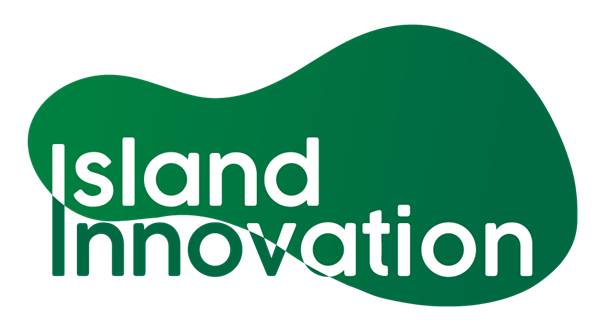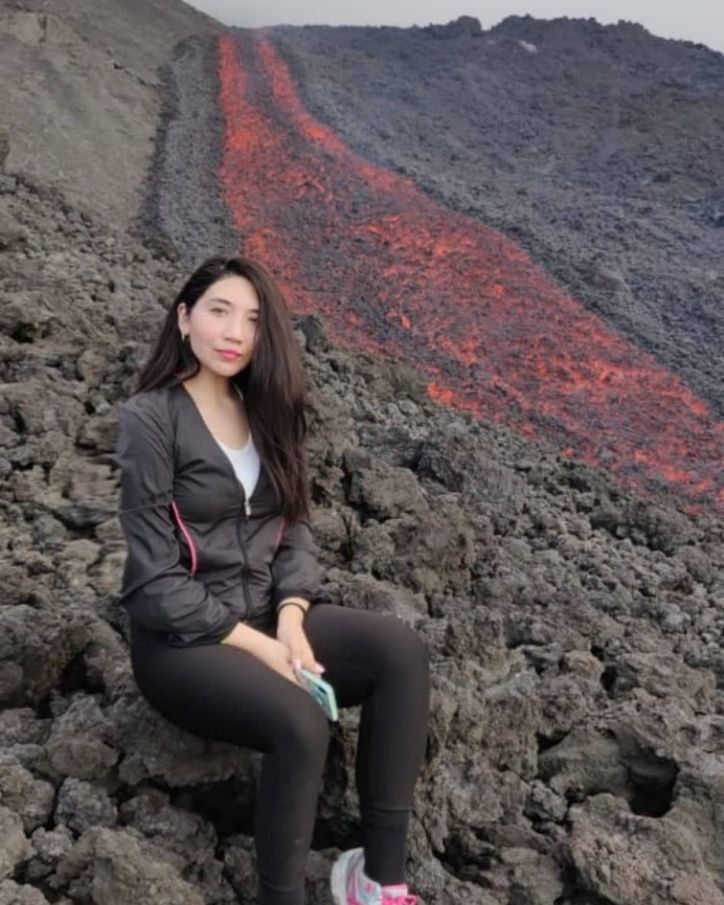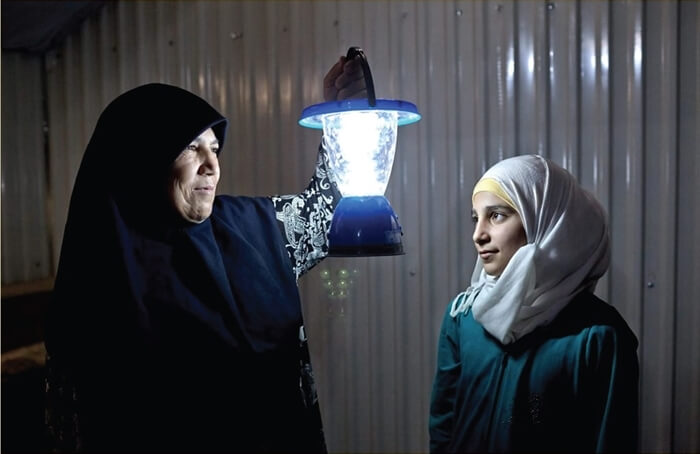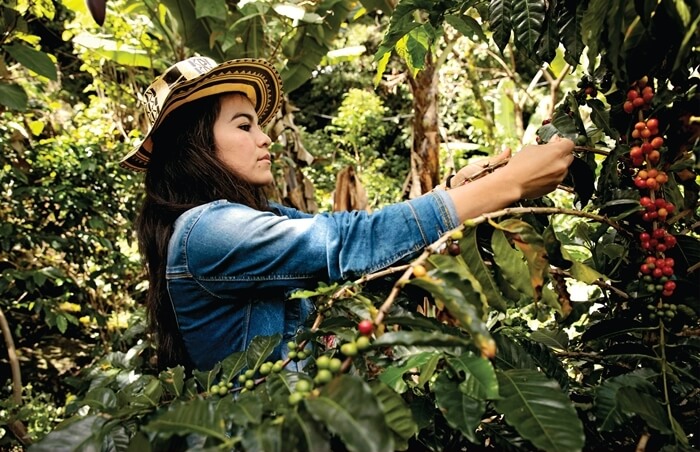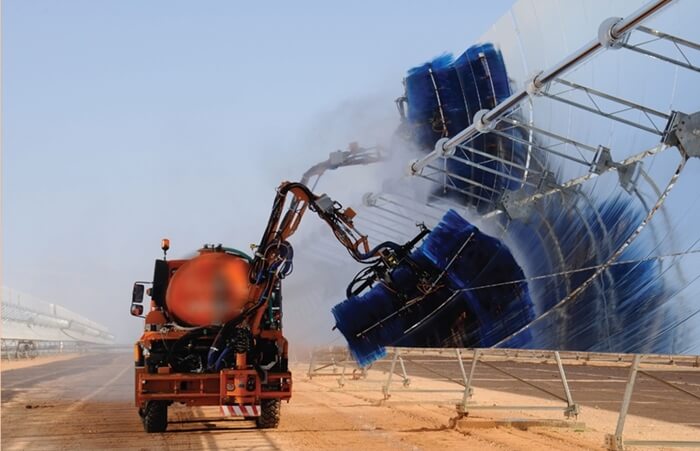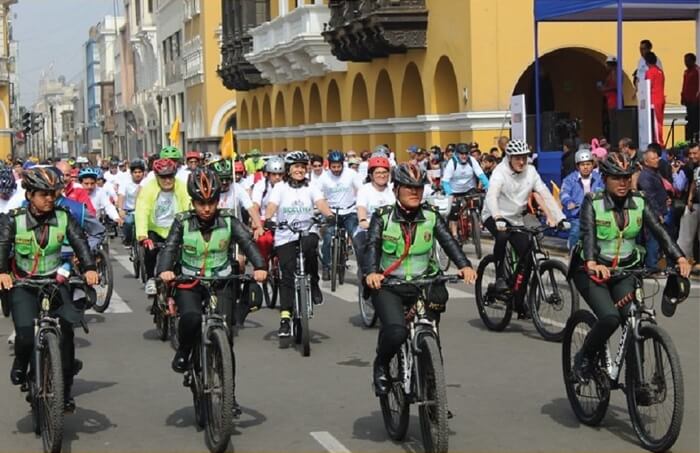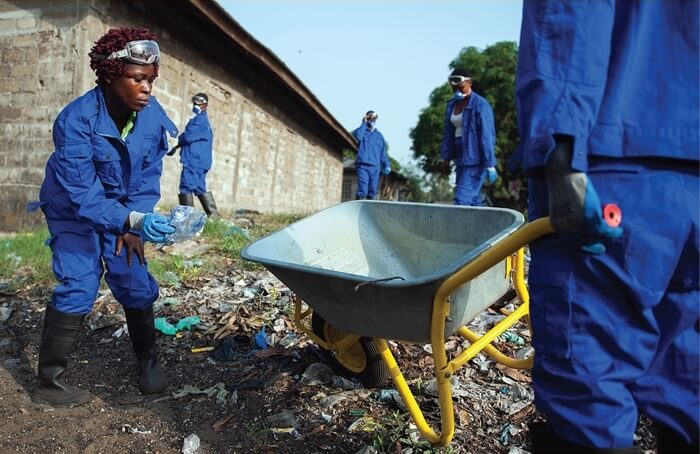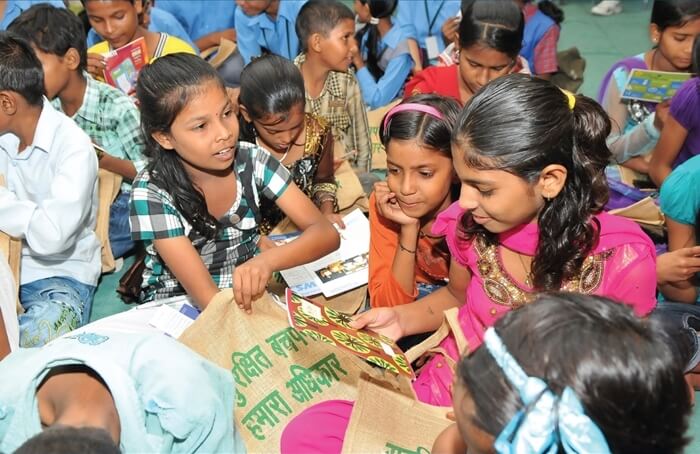Excerpt from devpolicy.org
Last week’s meeting of the leaders of the Pacific Islands Forum (PIF) was keenly anticipated and came at a critical juncture for the region.
It was the first in-person meeting since Tuvalu in 2019. Since then, a lot has happened. The impacts of COVID-19 have disrupted Pacific economies and strained fragile health systems. Increasing geostrategic competition has brought enormous amounts of scrutiny to the region. And the potential split in the PIF that was triggered in February of last year, is a wound that just cannot quite heal.
Fiji markets itself internationally as “where happiness finds you”. PIF is headquartered in Fiji, and this was the first time since 2006, just months before now prime minister Frank Bainimarama’s coup, that the country has welcomed the Pacific leaders for a full meeting. In the interim, Fiji was suspended (2009) and reinstated (2014) and Bainimarama had declined to attend leaders’ meetings until 2019 – so this regional summit carried symbolism for the hosts in an election year.
The focus of this meeting was to launch the 2050 Strategy for the Blue Pacific Continent. This is an important achievement for the PIF, but in terms of external analysis it will likely be overshadowed by geopolitical concerns.
There were several new faces in the family photo, including Australia’s new Prime Minister, Anthony Albanese. A surprise attendee was Papua New Guinean incumbent PM James Marape, on a lightning visit during the turbulent voting period of PNG’s general election. He handed over the chairing of the Melanesian Spearhead Group on the sidelines to PM Bob Loughman of Vanuatu.
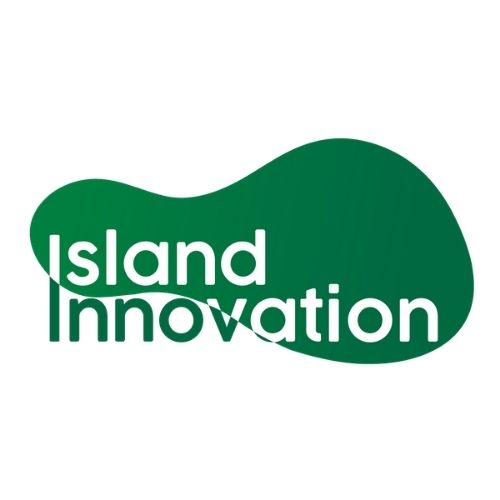
Island Innovation is a social enterprise and digital media company at the intersection of sustainable development and communications, offering specialised services across various sectors. We bring together the private sector, government, utilities, NGOs and universities to advance innovation for sustainability and prosperity in islands worldwide.
